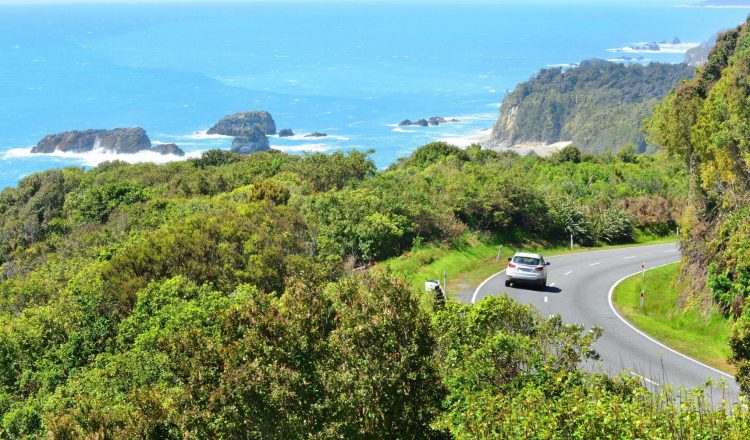Tài xế trẻ
Người lái xe bằng giấy phép hạn chế có nguy cơ bị tai nạn gây tử vong hoặc thương tích nghiêm trọng cao hơn gấp bảy lần so với những người lái xe khác. Dữ liệu cũng cho thấy những người lái xe bị hạn chế trẻ tuổi có nguy cơ gặp tai nạn nghiêm trọng trong sáu đến 12 tháng đầu tiên lái xe một mình bằng giấy phép bị hạn chế hơn bất kỳ thời điểm nào khác trong đời. Nguy cơ gia tăng này một phần là do lái xe thiếu kinh nghiệm.
Trong năm 2019, các tài xế trẻ 16-24 tuổi đã tham gia vào 71 vụ tai nạn chết người, 612 vụ tai nạn thương tích nghiêm trọng và 3.058 vụ tai nạn thương tích nhẹ.
Biết những rủi ro
Nguy cơ va chạm giảm đi với kinh nghiệm và sự phát triển của các kỹ năng ra quyết định để nhận ra các tình huống rủi ro và đưa ra các lựa chọn an toàn.
Hai trong số những tình huống nguy hiểm nhất đối với các tài xế trẻ là lái xe vào ban đêm và chở khách. Đó là lý do tại sao các điều kiện của giấy phép hạn chế cấm lái xe mà không có người giám sát trong khoảng thời gian từ 10 giờ tối đến 5 giờ sáng và chở khách mà không có người giám sát bất cứ lúc nào (với một vài trường hợp ngoại lệ).
Lái xe một mình
Khoảng thời gian rủi ro nhất đối với bất kỳ người mới lái xe nào là 6–12 tháng đầu tiên lái xe một mình.
Xây dựng kỹ năng lái xe của bạn
Việc đạt được kinh nghiệm lái xe trong nhiều điều kiện và tình huống là thực sự quan trọng. Thời điểm tốt nhất để một tài xế trẻ làm điều đó là có một người giám sát giàu kinh nghiệm bên cạnh họ để tư vấn và hướng dẫn. Chương trình Lái xe là một chương trình lái xe thực tế miễn phí do Cơ quan Giao thông vận tải NZ và ACC phối hợp tạo ra để giúp các lái xe
Sẵn sàng ngồi bài kiểm tra hạn chế?
Bài kiểm tra giấy phép hạn chế yêu cầu tiêu chuẩn lái xe cao. Nếu thất bại, bạn sẽ phải trả một khoản phí khác để ngồi lại.
Bạn có tự tin không:
- Thực hiện một công viên song song ngược lại hoặc ba điểm rẽ – bạn cần có thể hoàn thành công viên song song trong vòng hai phút và không quá bốn lần di chuyển, tiến và lùi)
- thay đổi làn xe an toàn ở tốc độ cao (70km/h hoặc lớn hơn) — bao gồm tín hiệu chính xác và kiểm tra gương và vai
- Rẽ phải băng qua hai làn đường đang đi tới – điều này bao gồm việc chọn khoảng cách an toàn trong giao thông và định vị xe chính xác.
Nếu bạn không thể làm được những việc này, thì bạn chưa sẵn sàng ngồi bài kiểm tra. Nếu có thể, bạn cũng nên kiểm tra những điều khác bạn cần để có thể thực hiện bằng cách xem thông tin kiểm tra giấy phép hạn chế (liên kết bên ngoài) trên trang web Drive

















































